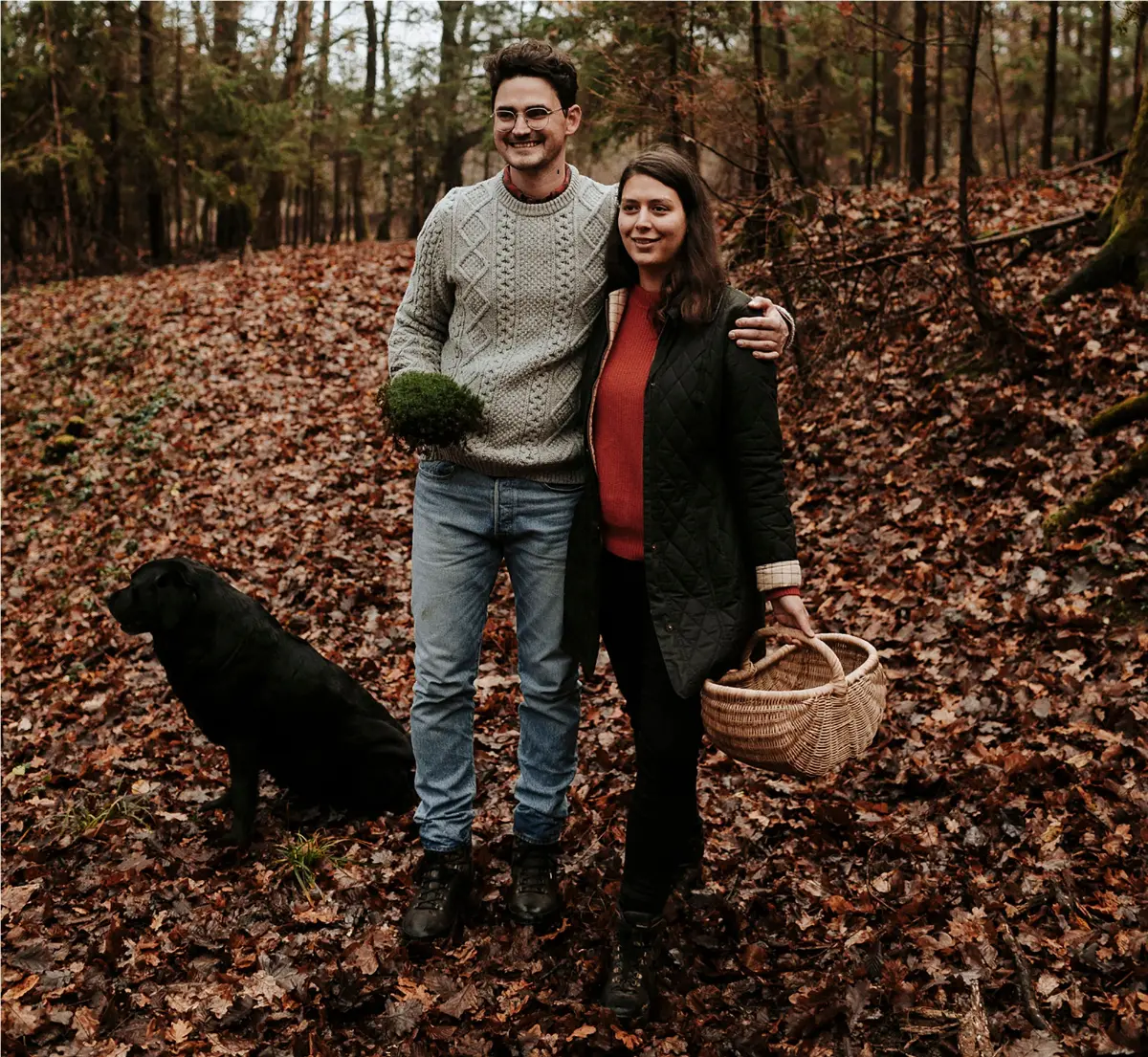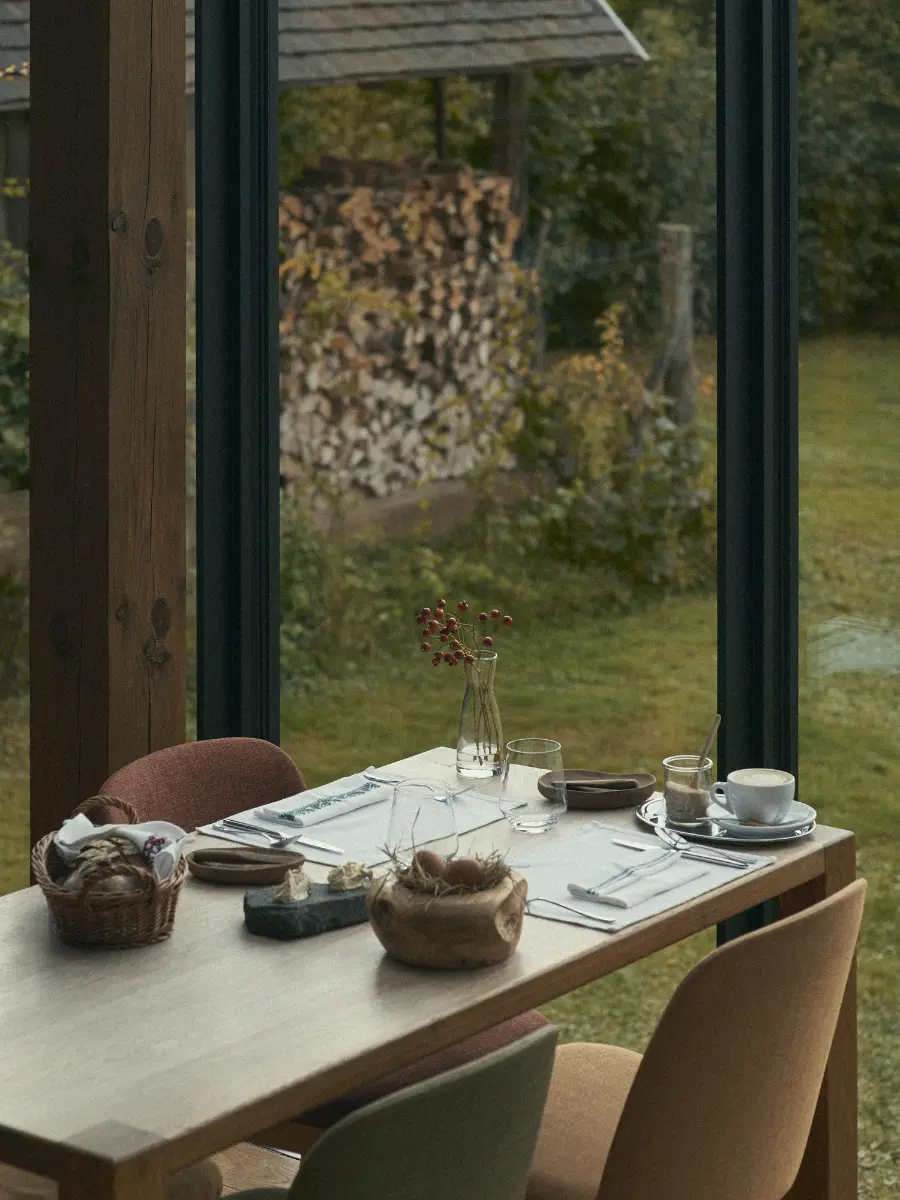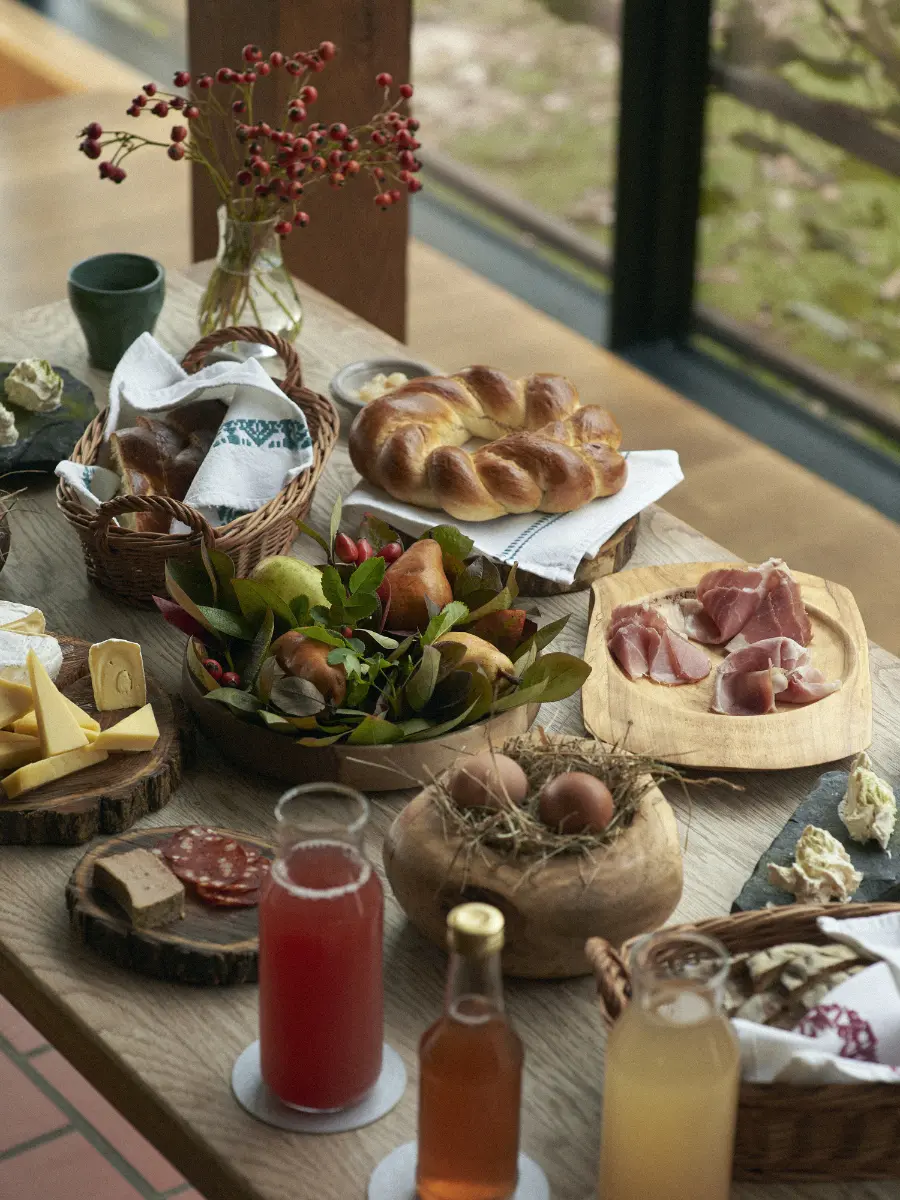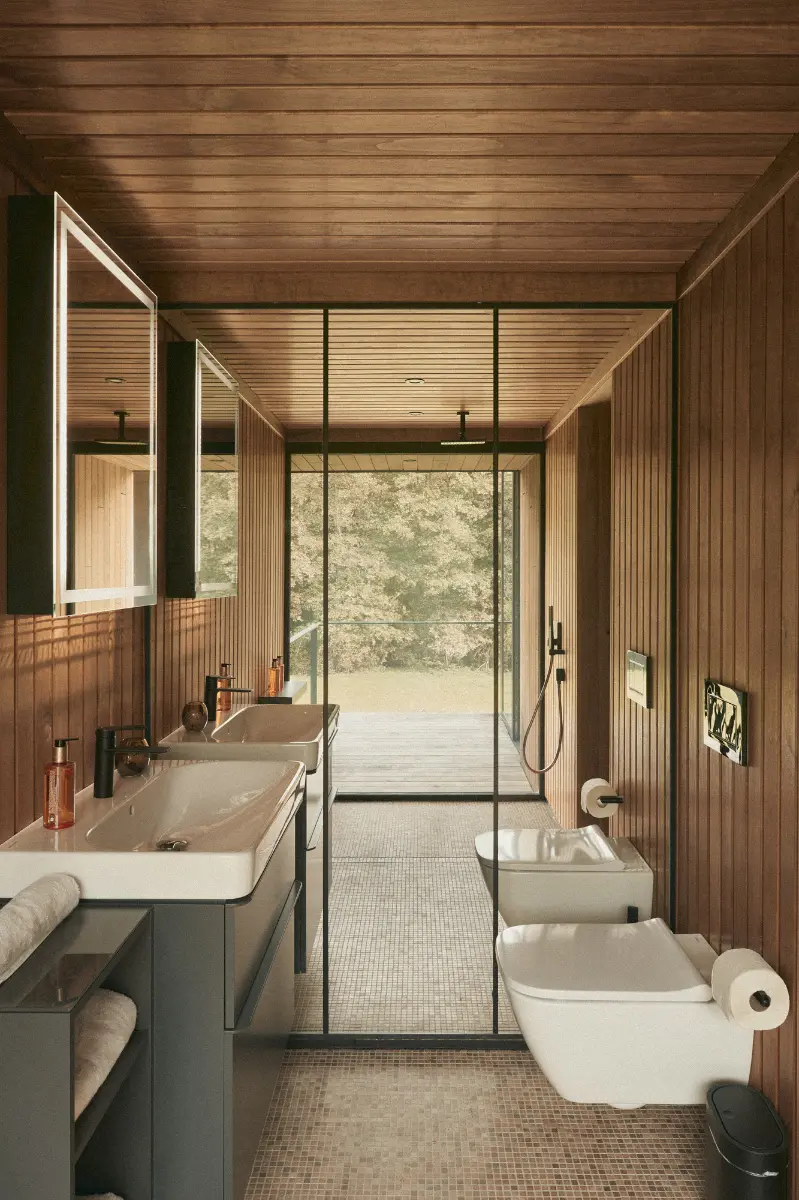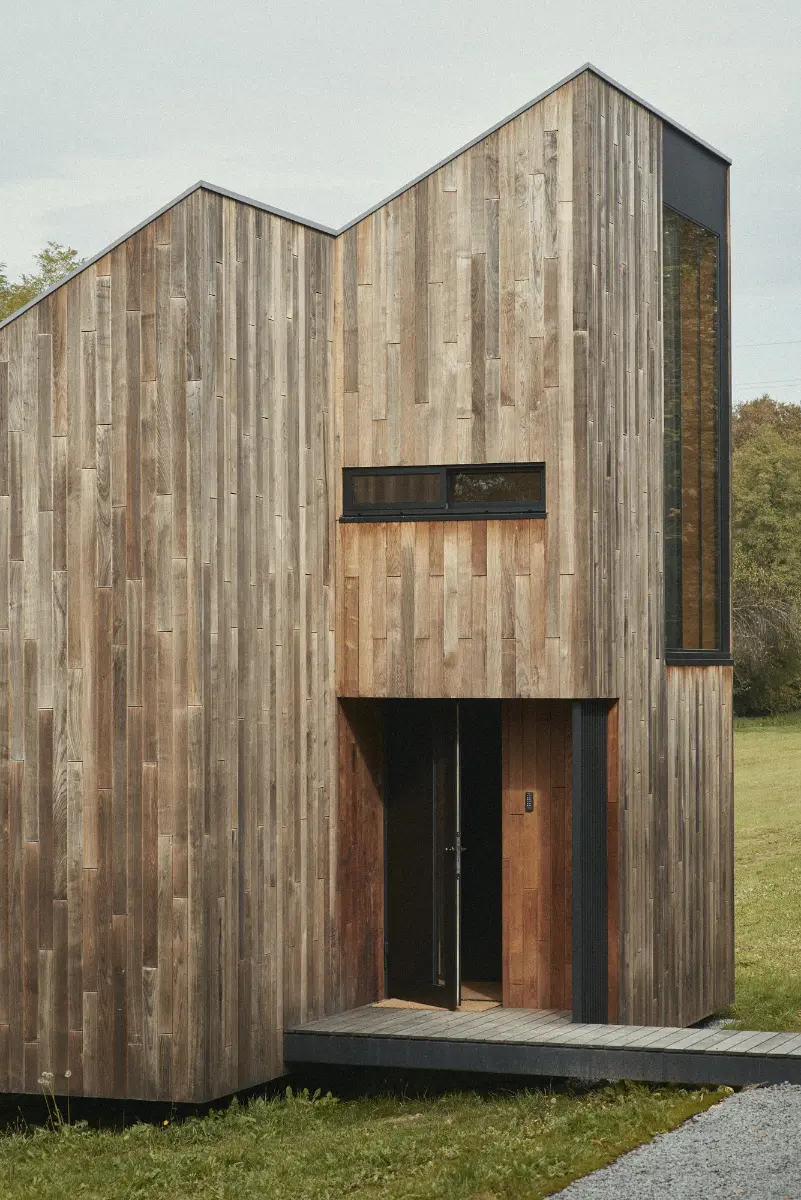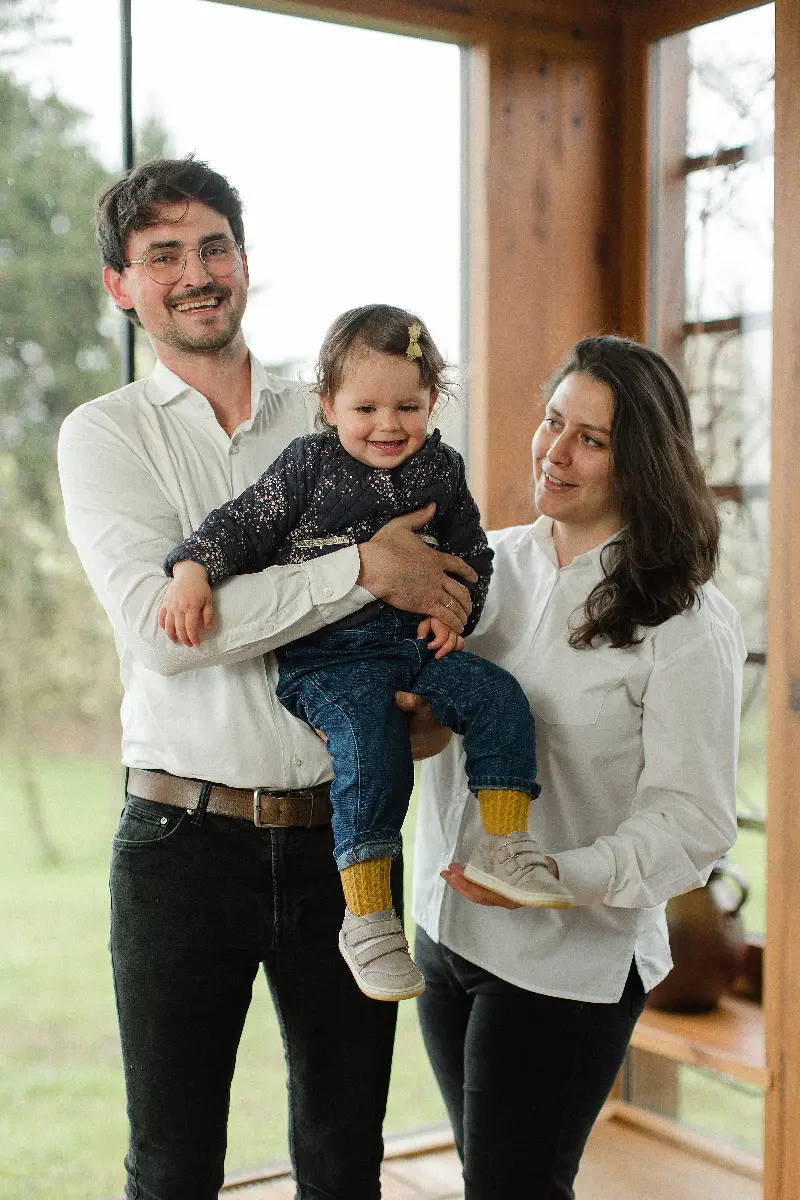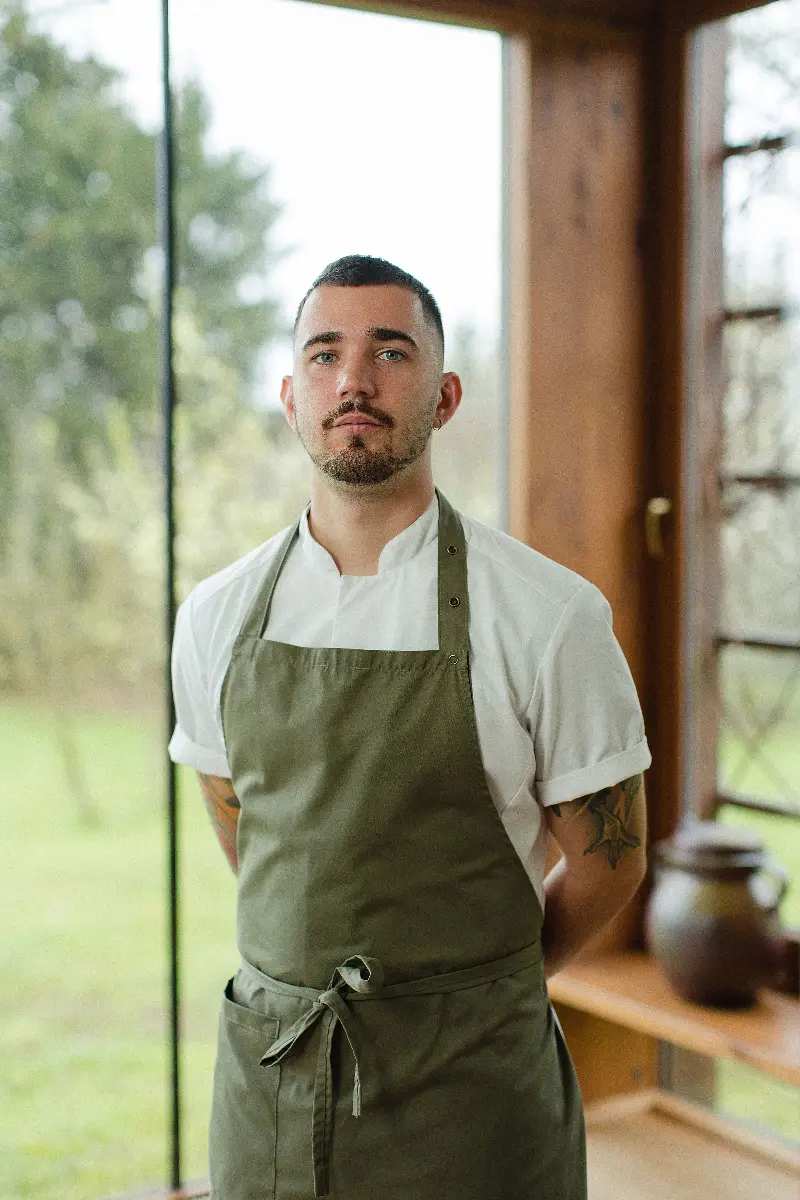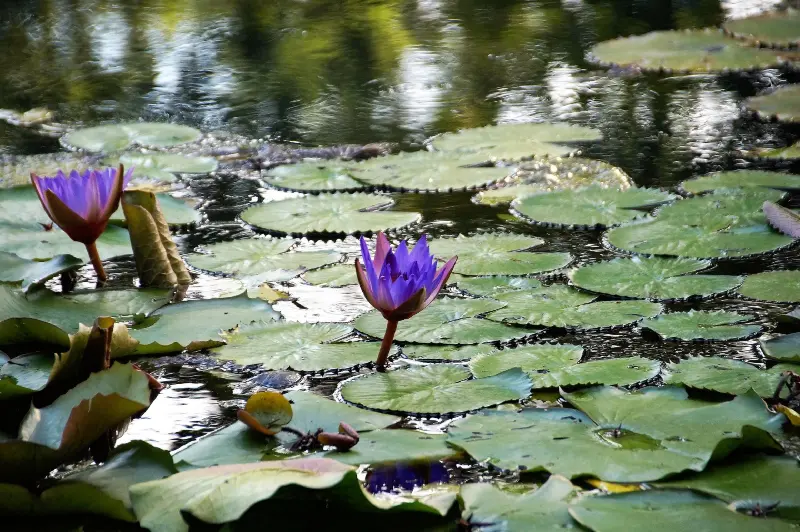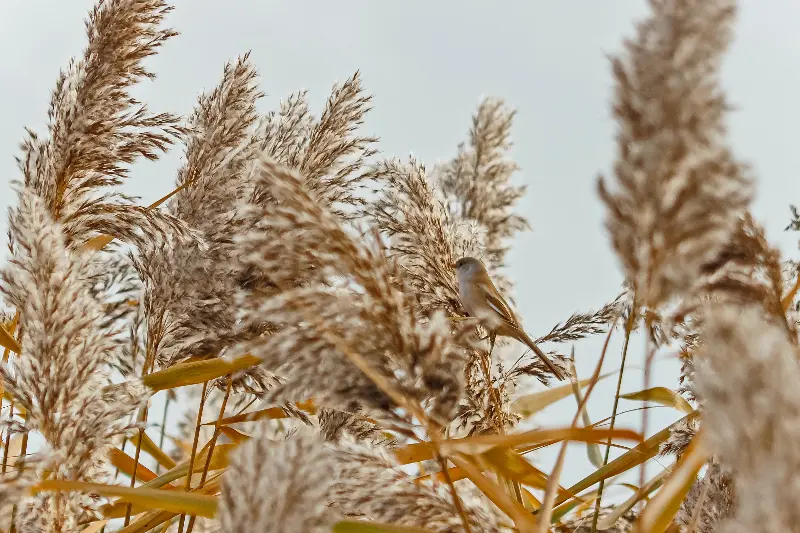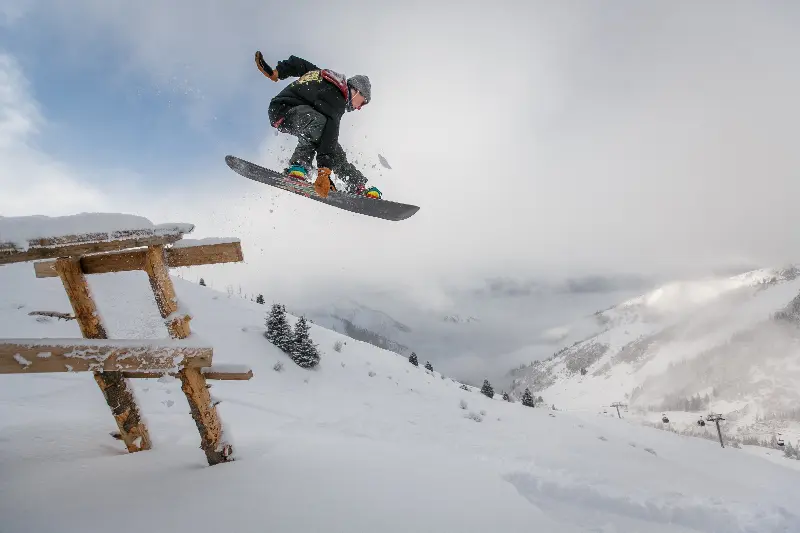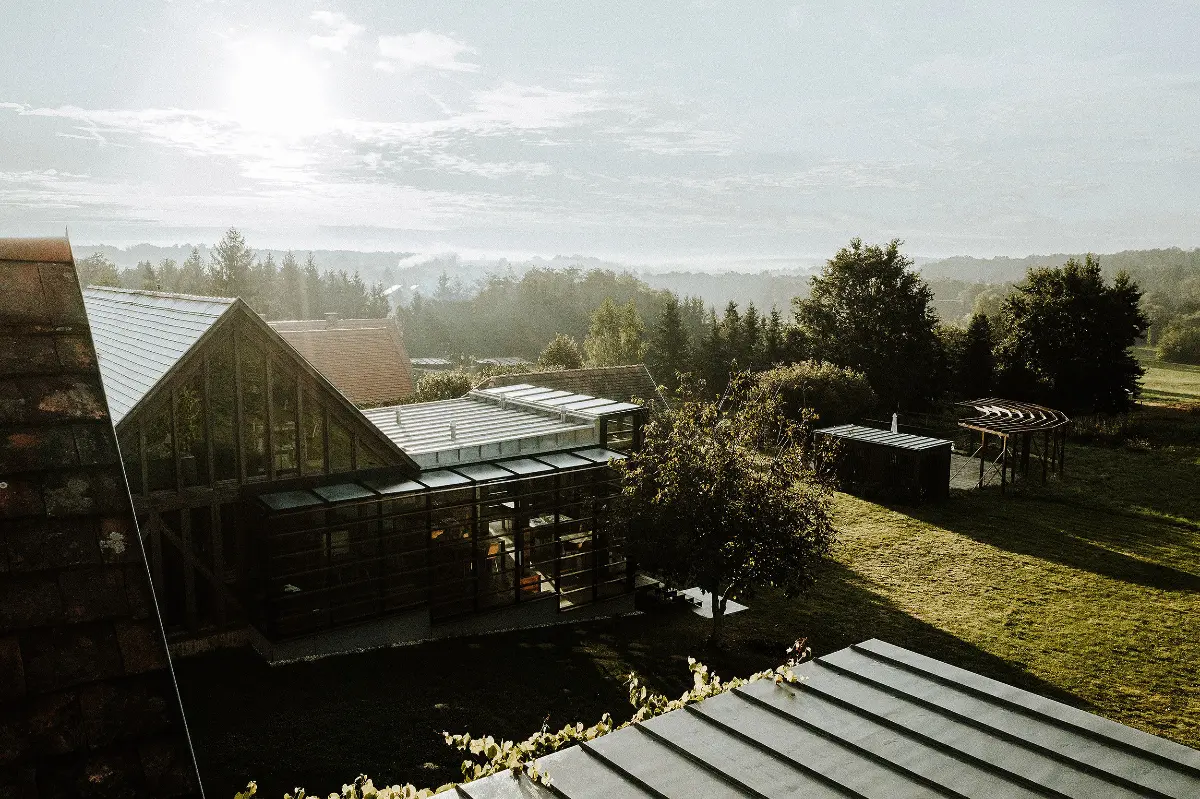
Helyszín címkék:
P for progressive, K for special: The Pajta and the KÁSTU
Francisck Réka Alíz
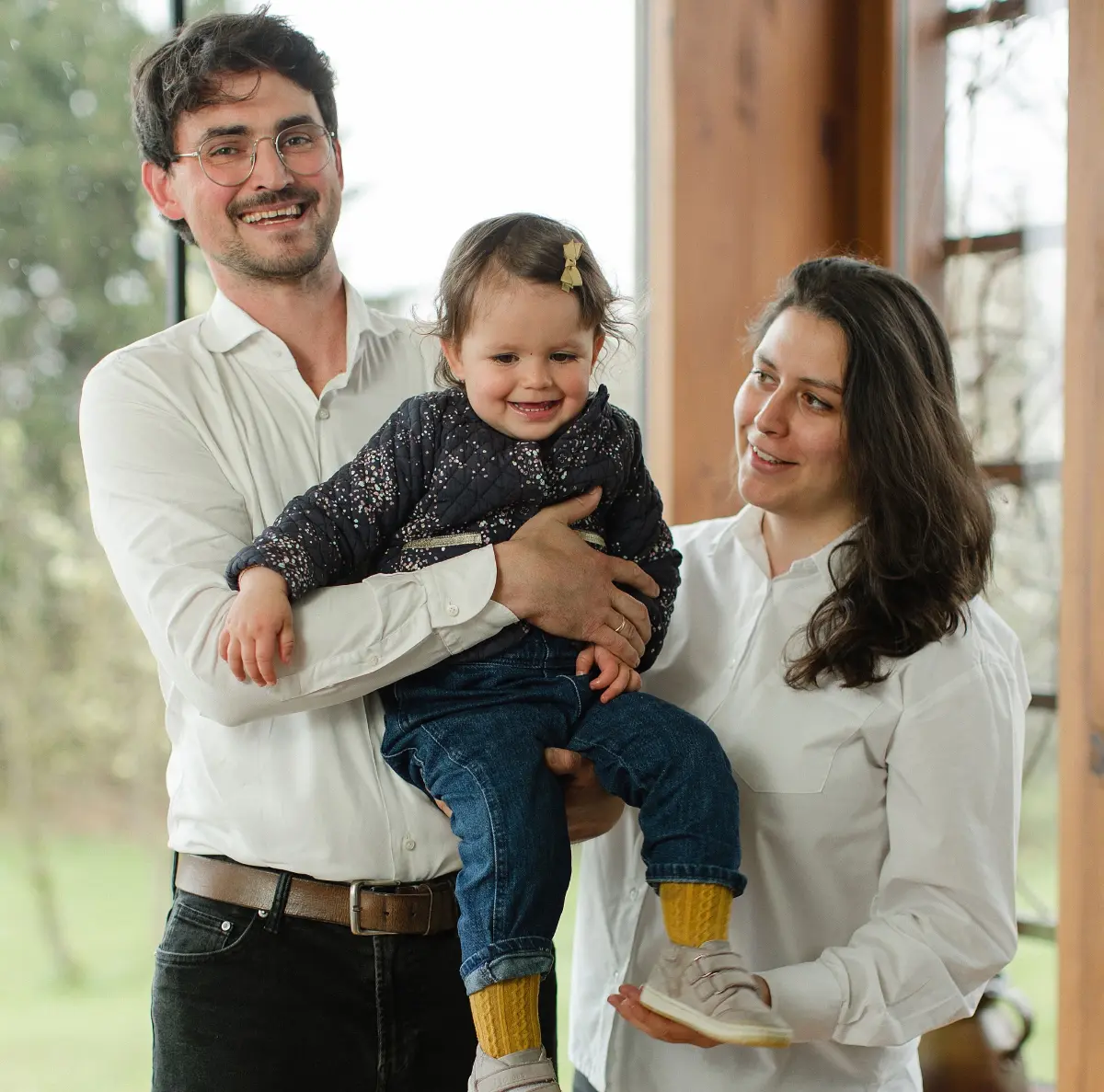
How much has the cuisine at Pajta changed recently?
It has become cleaner, more refined. Our chef, István Akács, who was influenced by his time at the 3 Michelin-starred Noma in Copenhagen and his placement in Maemo, Norway, makes the most of the region and the seasons. This absolutely resonates with our vision of what we want to convey about fine dining, food culture and the Őrség region. István has a respect for nature, he loves it and often visits the woods and fields in the area – and is soon to become a qualified mushroom expert. A big change in the kitchen is that we now also serve breakfast for our recently opened KÁSTU guests, so they can start the day with a hearty meal. We also changed our lunch menu, we wanted to make it more clear and easy to understand. Although we don’t serve Wiener Schnitzel, but we do try to dance a little away from the concept of Sunday lunch that has become a concept, to entice people of all ages to come to us from the neighbourhood – and to make them curious enough to return for dinner, when they can experience a completely different kind of catering.
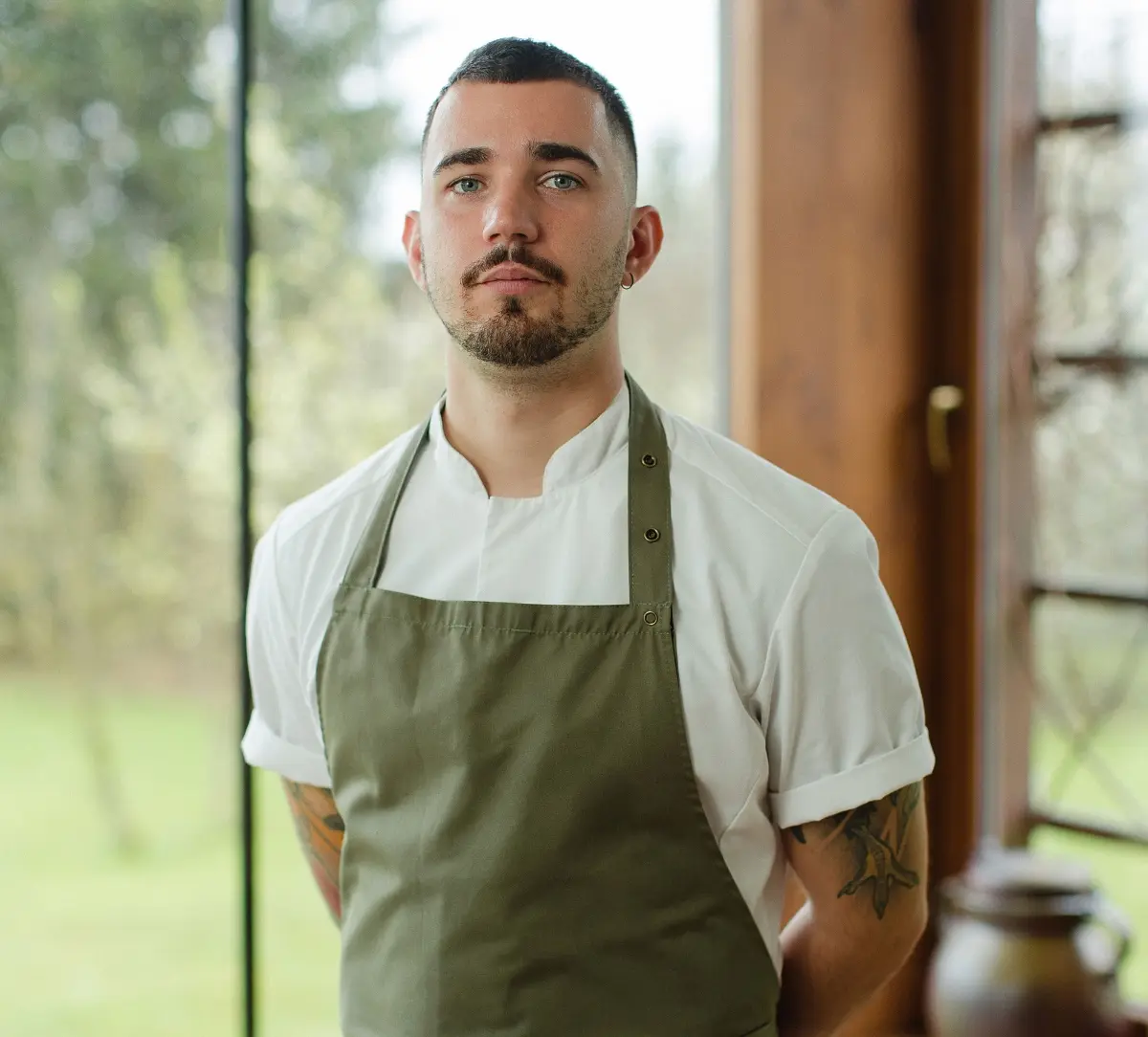
You have a strong approach to sourcing whatever ingredients you can locally. Who are you working with at the moment?
First, we would like to highlight our own organic garden. Although we can’t grow 100 kilos of potatoes, but we don’t have to go next door for edible flowers and herbs, and our vineyards produce enough blue grapes to make syrup, for example. But we don’t have to go far for dairy either: We have goat cheese from János Molnár, and goat cheese from Róbert Gida Goat Farm in Pinkamindszent, known to few so far, and cow’s milk products from a nearby Belgian couple who farm six hectares. We are very fond of the cooperation that we have started with the House of Caring for the Disabled and the Elderly in Ivánc, which is operated as a part of the Maltese Charity Service: the people who live there are engaged in organic farming on the former family estate of Count Antal Sigray, and we buy a wide variety of fruit and vegetables from them. We bring beetroots from nearby Hegyhátszentjakab. Game meat (although there are 6 deer and several roe deer regularly roaming around the property, to the delight of our guests) is sourced from a little further away, but still within the county: from Teskánd in Zala. Currently we purchase honey from Pannonhalma. But again, the apple farms where the pressed, 100% apple juice comes from are local: we have taken to making a full-on spritzer from it, sometimes blended with cherries and other seasonal fruits.
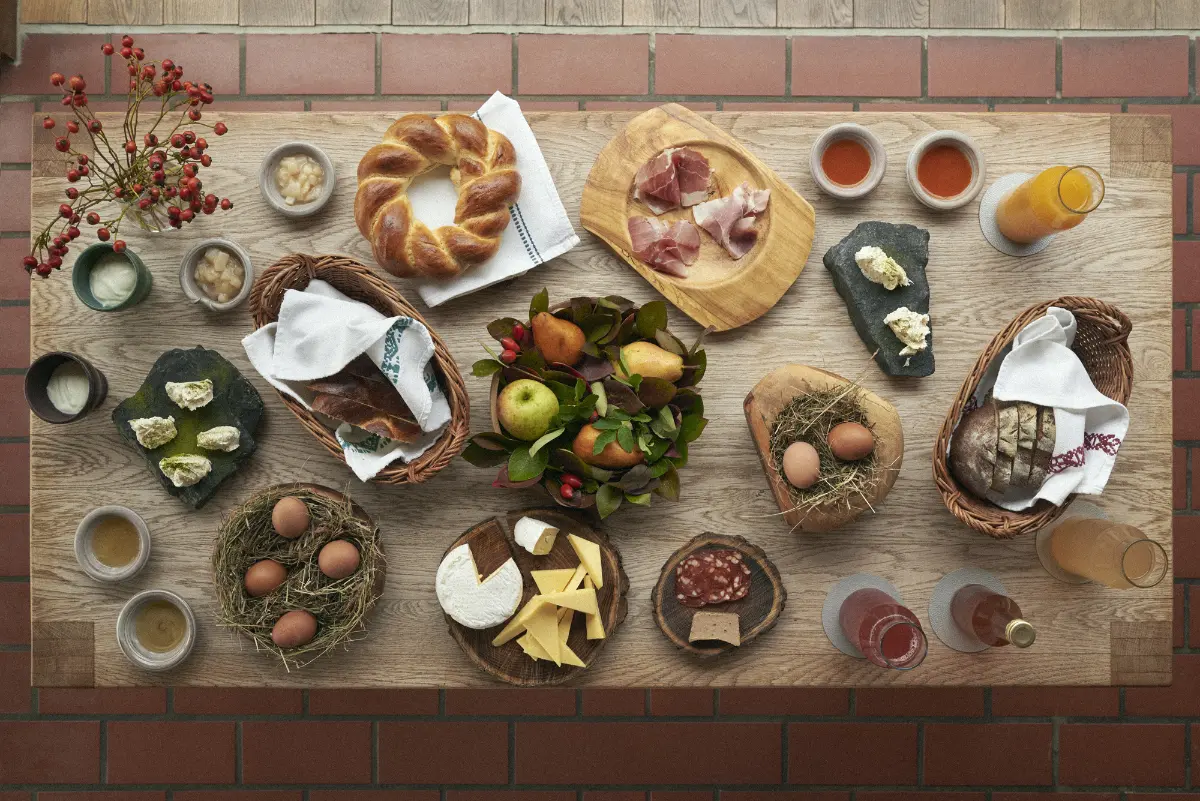
So rather than producing everything yourselves, you believe in co-production to support local people.
That’s right, and it’s not just in terms of ingredients that we try to stay in the Őrség: as there is a lot of clay here, there are many ceramists in nearby villages who make our plates, and together with István, they dream up what their dishes can be decorated with. Our butter knives and wooden plates are all handmade. The decorations on the textiles we use in the restaurant are Hetés-style patterns.
Saving value is as important to us as sustainability, for ourselves as for our environment.
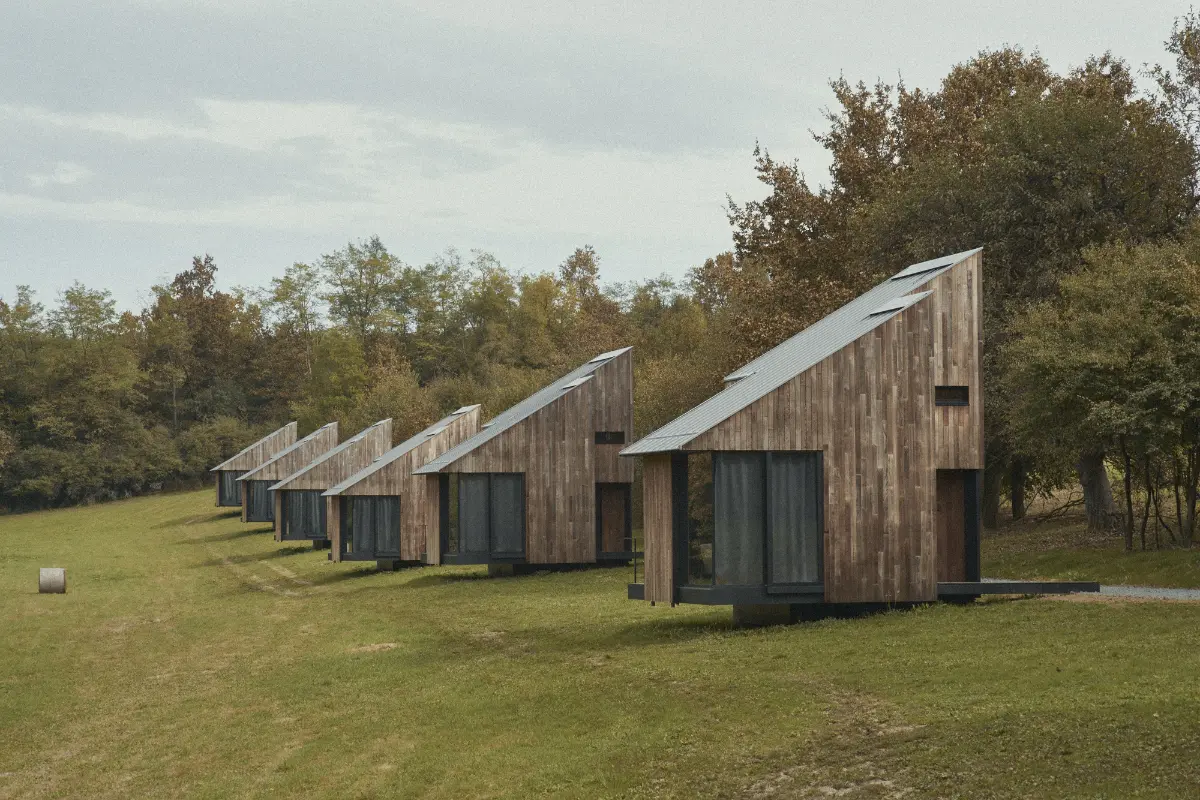
Why did you decide to open a hotel, too?
For years, we have recommended accommodation in the area (as we continue to do, along with nearby cafés and other restaurants), but there was a clear demand from our guests for accommodation that would reflect the style of Pajta, offering a homogeneous service. We asked architect Gábor U. Nagy to design it in the same way as for our restaurant, and the result was 7 wooden houses of 32 square meters, which he called “landscape furniture”, standing in a row on a mowed forest edge, about 20 minutes walk from us. They blend completely into nature, providing the right level of intimacy and tranquillity for the occupants. We welcome guests without children and pets, and accommodation is available as a package, including Pajta-style breakfast and dinner. There are also plans to build a sauna and rest house, and a Kneipp-type barefoot path, more in keeping with the landscape and the concept, along the banks of the stream near the KÁSTU.
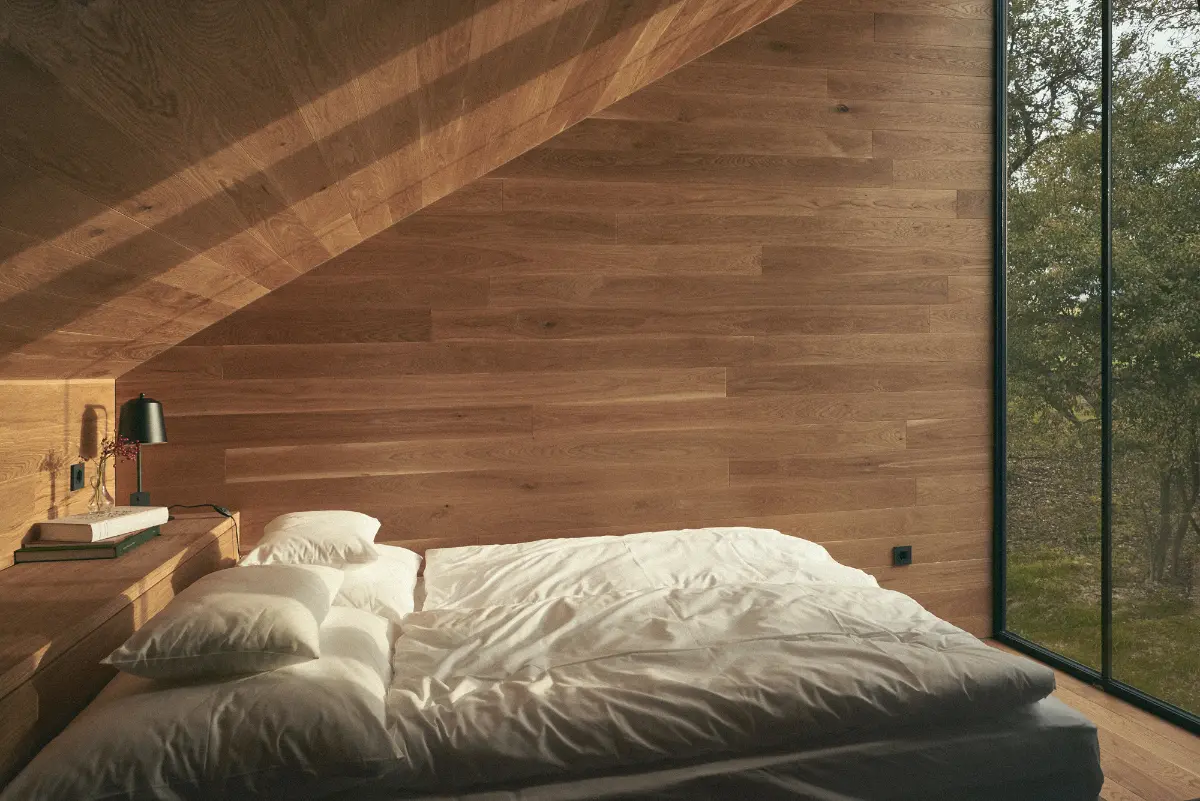
Why did you choose the name KÁSTU?
Oh, that’s because it suits the Pajta best! The kástu is in fact a building closely attached to the pajta (‘barn’), a pantry. In the Skanzen in Pityerszer, it is worth seeing such a building in its original state. It has 2 floors – in our KÁSTU, this is – subtly – indicated by the gallery where we put the bed.
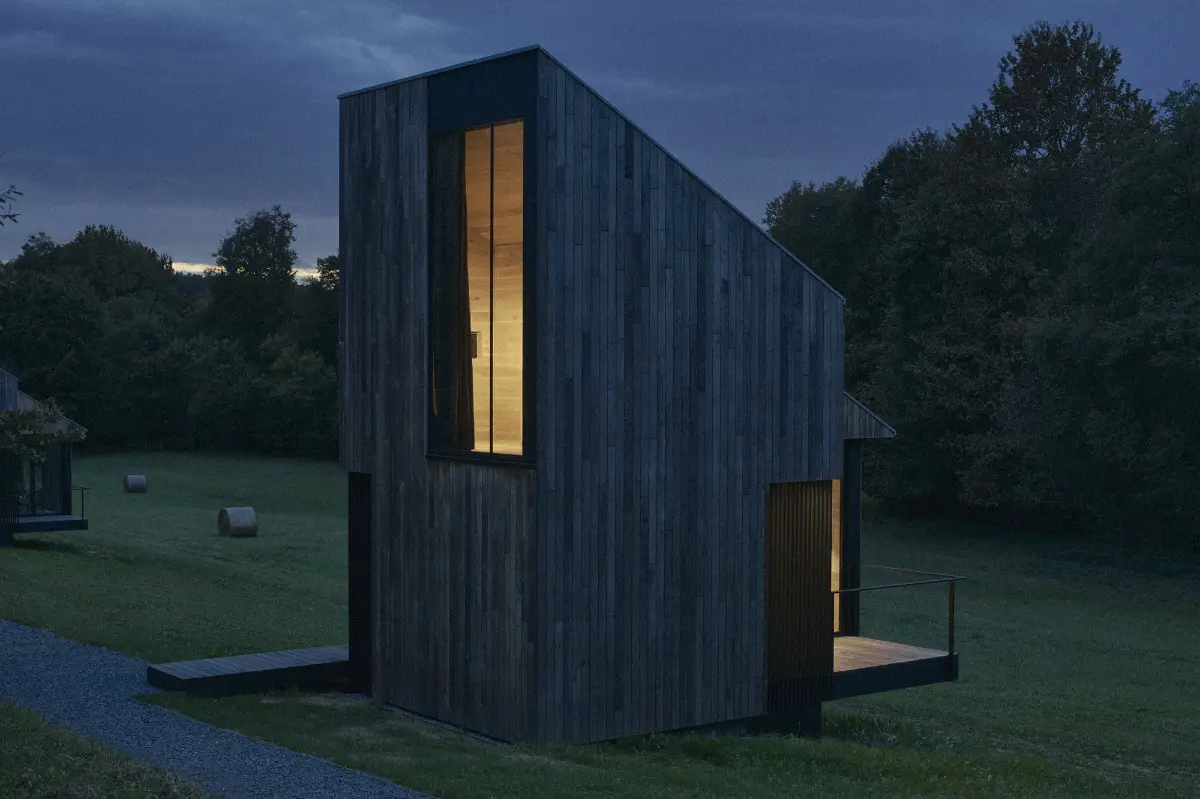
How would you formulate the motto of Pajta and Kástu?
Calling words would be: cosy, lovable and close to nature. Pajta is also, we believe, educational. We often hear from our returning guests that they used to feel strained about Michelin-starred restaurants, but they have come to us, had a look, experienced this type of fine dining and then been more confident to book other places of similar quality. We are proud that with the Pajta and KÁSTU, we offer a type of service that we believe is appropriate anywhere in the world. When a foreigner – because we receive many Austrian and Slovenian guests, too – enters Hungary in this part of the country, it is important that he or she encounters such quality, and we hope that he or she will form a positive image of the country through us, and perhaps be curious about other destinations. We are very lucky here in the Őrség region, we can take our guests to beautiful and special places: there’s the Árpád-era church in Velemér, the educational trail next to the village museum, lakes (Lake Borostyán, Lake Hársas and Lake Vadása), but there is also a buffalo reserve, a wonderful farmers’ market here in Őriszentpéter, and a whole host of culinary delights await visitors, from pumpkin seed pressing to cheese and chocolate tasting.
